Newbie. Hardy Passionflowers? (USDA z8)
atash
17 years ago
Related Stories
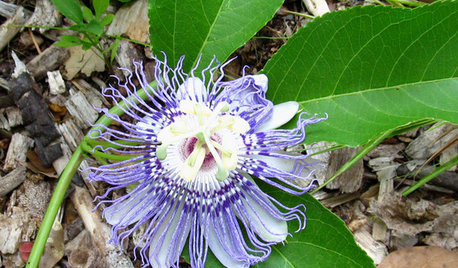
GARDENING GUIDESGreat Design Plant: Passiflora Incarnata
Enjoy the amazing flowers and edible fruit of U.S. native Passiflora incarnata (also known as maypop) — the butterflies sure do
Full Story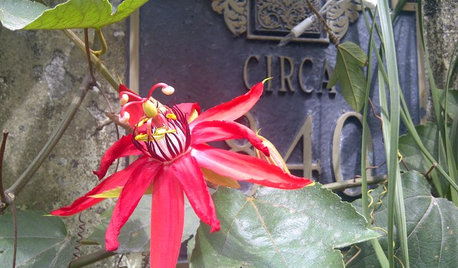
FLOWERS5 Sensational Flowering Vines for Warm Climates
Splash your garden with bright tropical color from late summer through fall with these showy trailing and climbing beauties
Full Story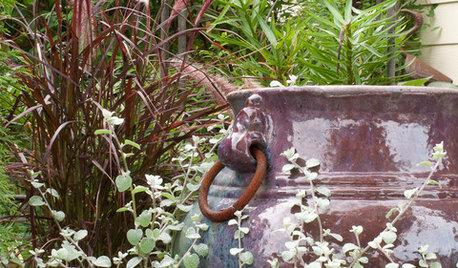
PLANTING IDEASGreat Garden Combo: Silver Sparkles Amid Purple and Blue Foliage
Get the look of this modern foundation planting by focusing on a restrained color palette with tasteful accents
Full Story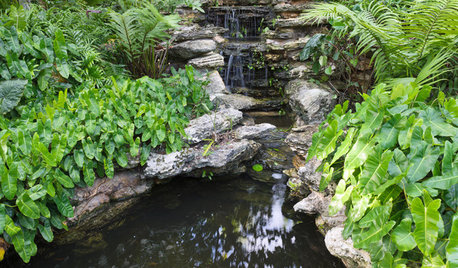
LANDSCAPE DESIGNRecipe for Tropical Edible Garden Style
Appeal to exotic good taste with fruit trees, palms and tropical look-alikes in your temperate-climate garden
Full Story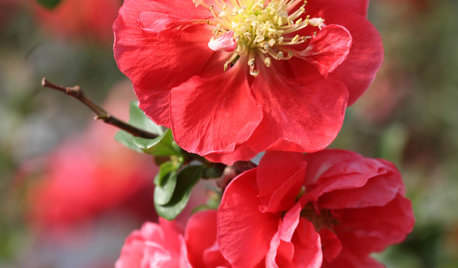
WINTER GARDENINGCalifornia Gardener's January Checklist
Winter-defying blooms and pruning saws earn a cheer, while California-focused gardening design books get a well-deserved shout-out
Full Story
NATIVE PLANTSGreat Native Plant: Grow Wild Quinine for Its Unique Clusters of Blooms
Get connoisseur cred and unique blooms with this uncommon plant. Bonus assets: It’s low maintenance and drought tolerant
Full Story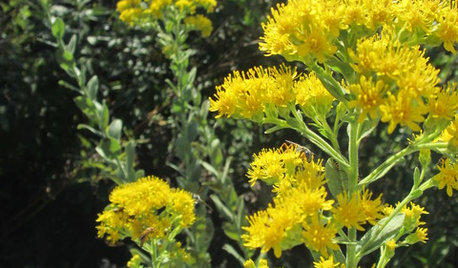
FALL GARDENINGGreat Design Plant: Oligoneuron Rigidum Brightens Fall Gardens
Create a pollinator feeding ground with this cheery, fuss-free goldenrod, formerly known as Solidago rigida, native to much of the U.S.
Full StorySponsored






jblaschke
atashOriginal Author
Related Professionals
Windham Landscape Architects & Landscape Designers · Birmingham Landscape Architects & Landscape Designers · Grand Haven Landscape Architects & Landscape Designers · Elgin Landscape Contractors · Estelle Landscape Contractors · Fort Mill Landscape Contractors · Gallatin Landscape Contractors · Middle River Landscape Contractors · Pleasant Prairie Landscape Contractors · Pompton Lakes Landscape Contractors · Forest Hill Landscape Contractors · Ansonia Landscape Contractors · Ferguson Landscape Contractors · Mount Vernon General Contractors · Perrysburg General Contractorsjblaschke
atashOriginal Author
jblaschke
atashOriginal Author
msbatt
jblaschke
atashOriginal Author
msbatt
atashOriginal Author
ian_wa
atashOriginal Author